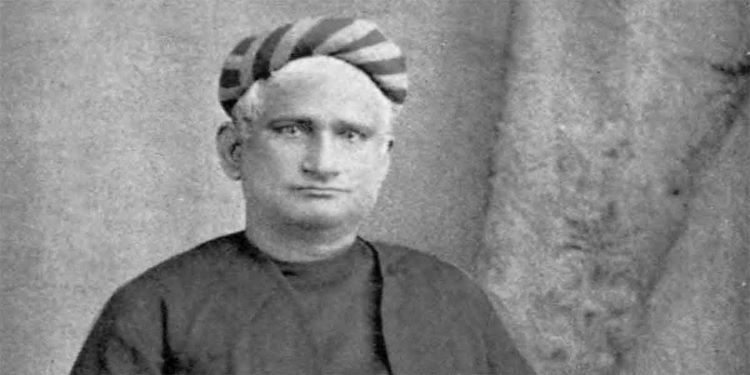About Bankim Chandra Chatterjee
- Bankim Chandra Chatterjee also known as Bankim Chandra Chattopadhyay was one of the greatest novelists and poets of India.
- Birth: 26th June 1838 in the village of Kanthalpara in the town of North 24 Parganas, Naihati, present day West Bengal
- The song Vande Mataram, composed in Sanskrit by Bankimchandra Chatterji, was a source of inspiration to the people in their struggle for freedom. It has an equal status with Jana-gana-mana
- The word ‘Bankim Chandra’ in Bengali means ‘the moon on the second day of the bright fortnight’. Bankim Chandra’s father Yadav Chandra Chattopadhyaya was in government service. After his birth he was posted to Midnapur as Deputy Collector.
- Bankim Chandra Chatterjee had his early education in Midnapur. After his early education in Midnapur Bankim Chandra Chatterji joined the Mohsin College at Hoogly and studied there for six years
- In 1856, Bankim Chandra Chatterjee joined the Presidency College in Calcutta.
- In 1857, there was a strong revolt against the rule of East India Company but Bankim Chandra Chatterjee continued his studies and passed his B.A. Examination in 1859.
- The Lieutenant Governor of Calcutta appointed Bankim Chandra Chatterjee as Deputy Collector in the same year.
- He was in Government service for thirty-two years and retired in 1891.
- He passed away on April 8, 1894
His literary contributions
- He began his literary career as a writer of verse. He then turned to fiction.
- Chattopadhyay’s first novel was an English one, Rajmohan’s Wife (1864) and he also started writing his religious and philosophical essays in English.
- Chattopadhyay’s earliest publications were in Ishwar Chandra Gupta’s weekly newspaper Sangbad Prabhakar. Durgeshnandini, his first Bengali romance, was published in 1865.
- His famous novels include Kapalkundala (1866), Mrinalini (1869), Vishbriksha (1873), Chandrasekhar (1877), Rajani (1877), Rajsimha (1881), and Devi Chaudhurani (1884).
- Bankim Chandra Chatterjee most famous novel was Anand Math (1882). Anand Math contained the song “Bande Mataram”, which was later adopted as National Song.
Cultural revival
Bankim Chandra wanted to bring about a cultural revival of Bengal by stimulating the intellect of the Bengali speaking people through literary campaigns. With this end in view he brought out monthly magazine called Bangadarshan in 1872.
















